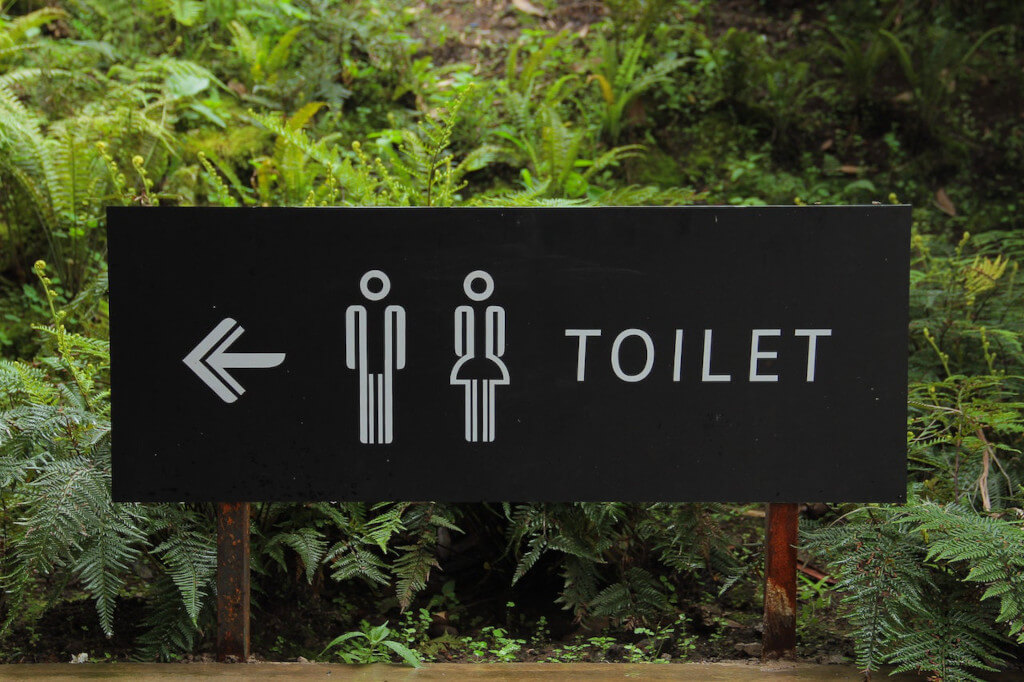Installing Toilets Will Solve South Africa’s Serious Sanitation Problems
In recent years, a significant number of homes in several of South Africa’s most populous cities have been subjected to water restrictions, which can last for several days at a time. The people have been forced to make difficult decisions. If there is a water bottle in your home, for instance, are you going to drink it or will you utilize it to flush the toilet?
Even if there were no restrictions on the amount of water that could be used, sanitation expert Dr. Preyan Arumugam-Nanoolal contends that it doesn’t make any sense to continue flushing potable water down the toilet. Alternate methods of sanitation have been under investigation by her and the other members of her team. During their conversation, Ina Skosana brought up the research as well as the innovations that are associated with it.
Describe the Current State of Sanitation in South Africa
Nearly two-thirds of South Africa’s population has access to some form of water-based sanitation, such as toilet flushing linked to a sewerage system, septic tank, or conservancy tank. This percentage is estimated to be around 65 percent. 19% more have pit latrines that have been ventilated and improved, while 13% have pit toilets that do not have any air circulation pipes.
The remainder of the population either makes do with buckets, chemical toilets, composting toilets, or pour-flush toilets. Unfortunately, approximately one percent of the population continues to defecate in the open because they do not have access to any kind of toilet facility.
South Africa is a nation that struggles with water scarcity and has been hit hard in recent years by severe weather. As an illustration, Cape Town, South Africa, was threatened by a serious drought and the potential of a water shortage in 2018. Durban, a city on the east coast, was struck by floods not too long ago, which caused damage to the city’s mass water and sanitation systems. Because of the problems that the country is having with water management and accessibility, continuing to rely on water-based sanitation is simply not an option that is viable or feasible.
The Average Flush From a Standard Flushing Toilet Uses Approximately Nine to Twelve Liters of Water
This is water that can be consumed. Furthermore, the performance of existing traditional wastewater treatment works is extremely concerning, as stated in the most recent Green Drop report from South Africa. The Green Drop status was only attained by 23 of the 995 treatment facilities for wastewater that were evaluated because they scored higher than 90%.
It does not appear to be impractical for us to make the switch to utilizing sanitation technologies that do not rely on sewers.
What Exactly is Meant by the Term “Non-sewered Sanitation Systems”?
Sanitation methods that do not utilize sewers collect, transport, and wholly treat the appropriate input at the point of use. Rather than your waste traveling from your toilet through a sewage system to a treatment system offsite, this technology treats your waste onsite and then allows the treated water to be securely repurposed or disposed of. This eliminates the need for offsite treatment works.
These technologies can be installed in a person’s home, in addition to larger systems that can be put in place at schools or communities. They have a front end, which houses your toilet facility, and a back end, which houses the treatment facility. Together, these make up the entire system. Class 1 non-sewered septic system (for a single home) created by Helbling and financially backed through the Bill and Melinda Gates Foundation’s Reimagined Toilet Challenge.
One of the reimagined toilets that have been developed thanks to funding from the Gates Foundation is shown here. The clean, which was designed for use in a single-family home, has a mechanism for vacuum flush evacuation as a result. This brings the amount of water needed for each flush down to between 0.2 and 0.9 liters.
At the back end, the urine and the fecal material are mechanically separated from one another before being subjected to processing at high temperatures and high pressure. The liquid that is produced after being treated is recycled and used for flushing.
What Advantages Does This Advanced Toilet Technology Provide?
Sanitation that does not utilize sewers is less reliant on water. It makes use of a conventional flush, which uses less than six liters of water, a pour flush, dry toilets, or innovative evacuation mechanisms that rely on mechanical forces and very little to no water. In addition, the treated waste can be recycled.
Sanitation systems that do not connect to a sewer can effectively treat both feces and urine. The treated liquid material can be used for flushing or plant irrigation, while the treated focal matter can be used as fertilizer. The matter that comes from our feces and urine is a valuable resource.
How Close is South Africa Getting to the Point Where This Can Be a Reality There?
This standard has been implemented in South Africa and given the name SANS 30500. This standard offers direction for the design, performance, and safety rules of sanitation systems that do not connect to an existing sewer system. In addition to this, it takes into account the viability of these systems throughout their useful lives.
At the University of KwaZulu-Natal, they are coordinating the growth of a certification program on behalf of the Water Research Commission. This scheme will enable these innovations to be accredited against the benchmark and enter the market once they have received the certification.
Two technologies that were developed as part of the Reinvented Toilet Challenge, have been certified by two South African businesses so that they can be produced there. Through the South African Sanitation Technology Enterprise Programme, these technologies are currently undergoing field testing in South Africa. Innovators in the sanitation industry and trade partners will have the opportunity to bring their technologies from the prototype development stage to the commercialization phase with the help of this program.
Sanitation Technology Technical Coordinating Committee was recently established by the Department of Water and Sanitation, which has previously determined that non-sewered sanitation systems have several advantages over sewer systems. The purpose of the committee is to assist in the development of a procedure for evaluating and validating appropriate sanitation technologies, guiding their adoption and commercialization, and obtaining certification and accreditation for those technologies. However, even though the regulator can make suggestions, the actual decision-making authority rests with the municipalities.
We think that users, water service authorities, and municipalities will have greater peace of mind regarding the safety and dependability of these technologies if quality assurance in the form of certification is implemented. Although the costs of developing, testing, and validating non-sewered sanitary technologies may be high at the moment, the economics of scale will ultimately make this irrelevant. Over the course of time, higher demand will cause the cost of manufacturing these systems to decrease, making them more cost-effective for households.

